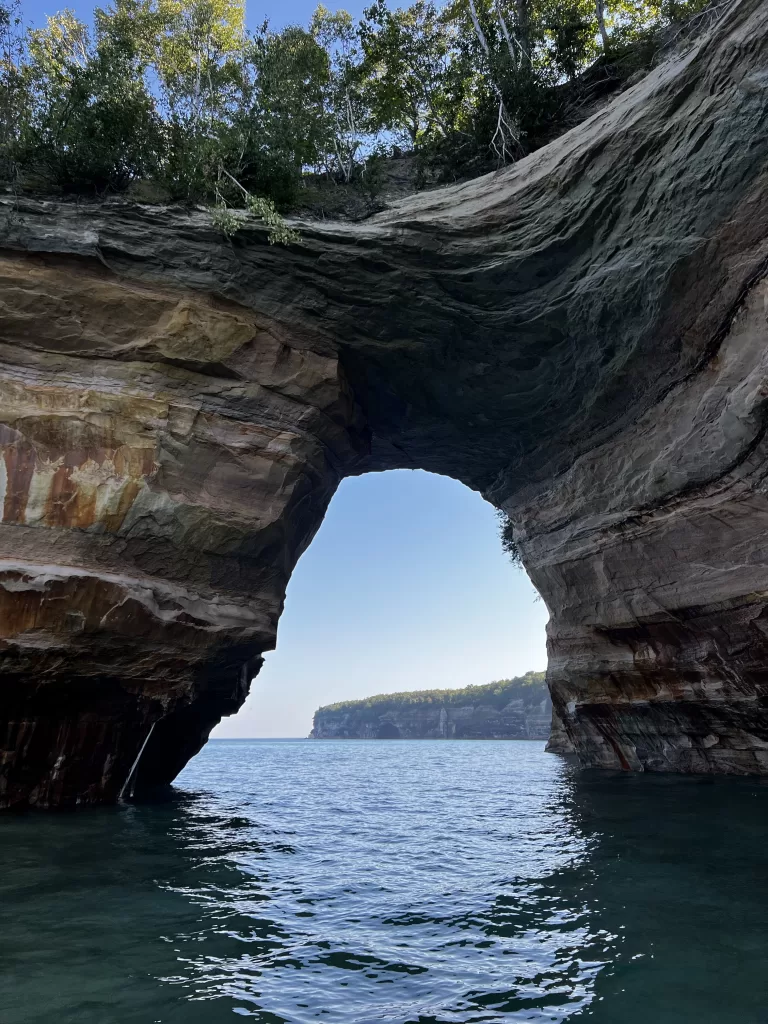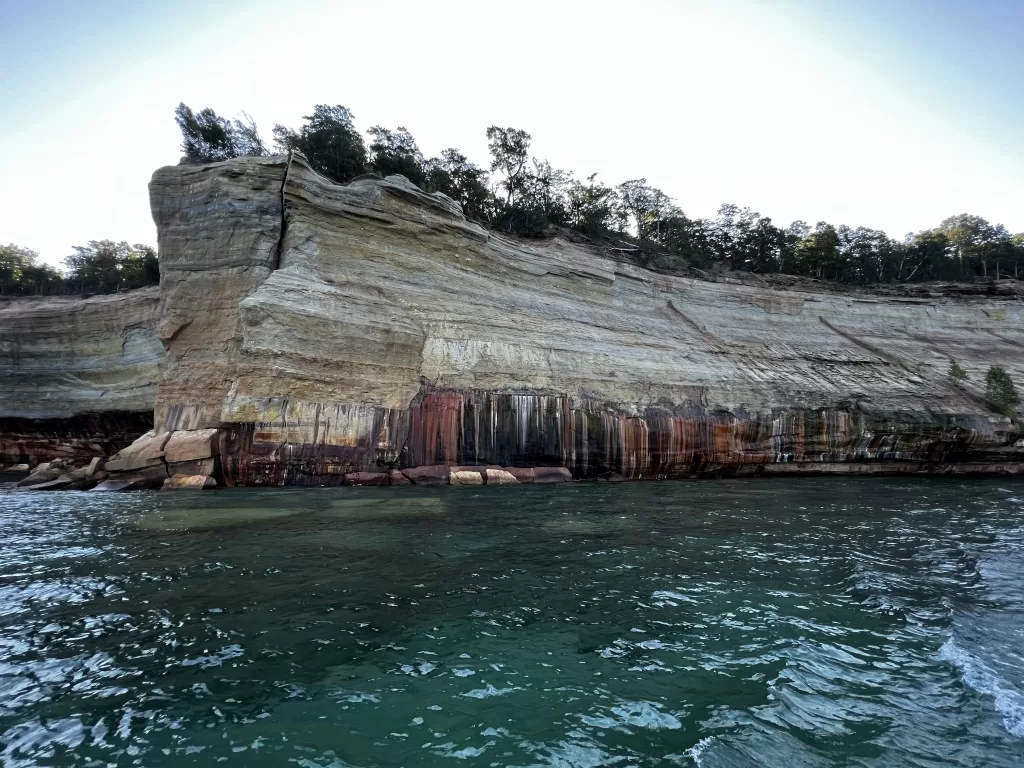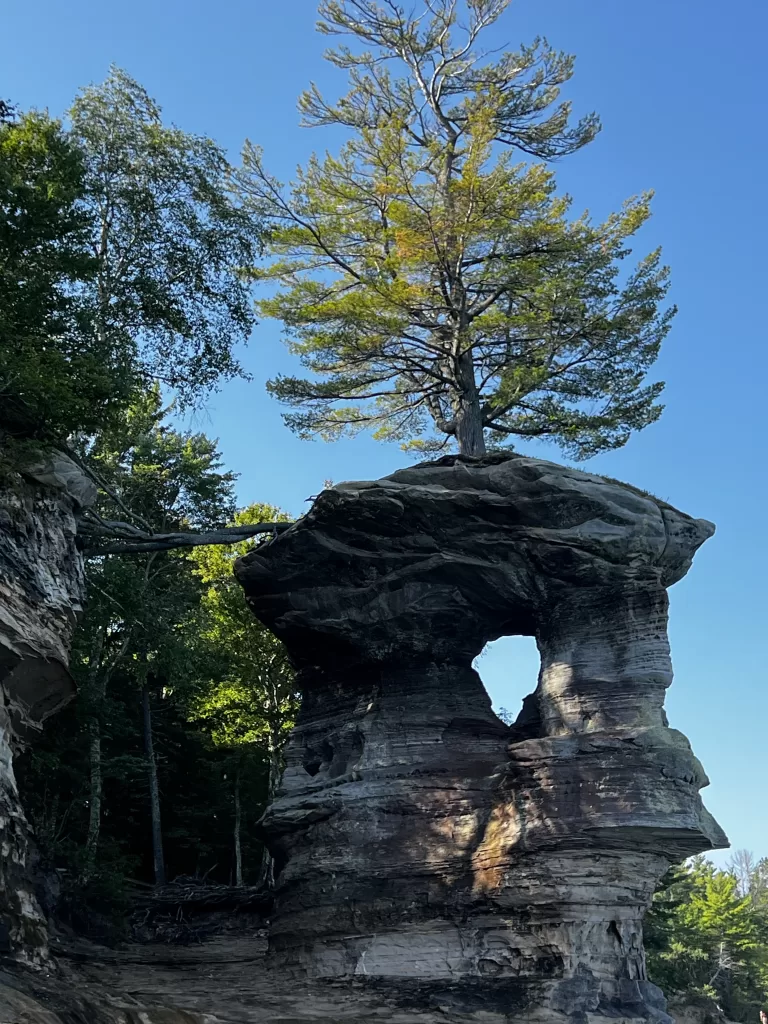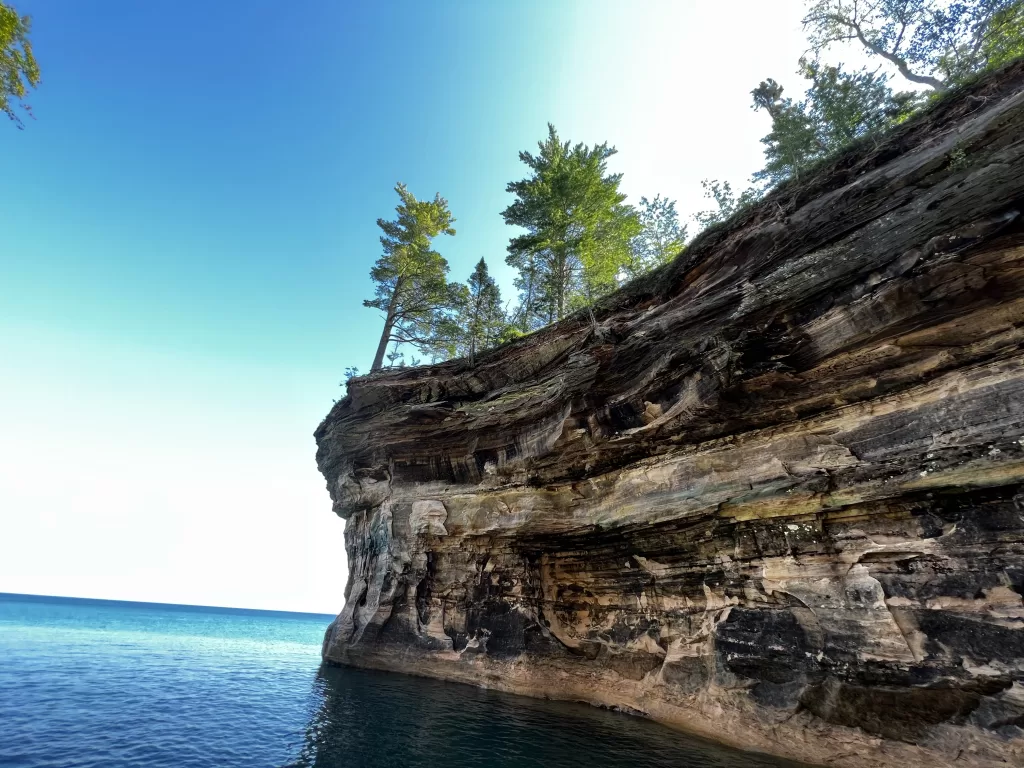Lake Superior, the largest and most northern of the Great Lakes of North America, is a marvel of natural beauty and economic importance. This colossal freshwater lake not only holds the title of the largest by surface area in the Great Lakes chain but also stands as a testament to geological processes spanning thousands of years. In this blog post, we delve into the formation of Lake Superior, its impressive statistics, its role in commerce, its comparison with its sister lakes, and its contribution to local economies.
The Formation of Lake Superior
Lake Superior’s origins trace back to the last Ice Age, approximately 10,000 years ago, when melting glaciers carved out basins in the land. This process left behind a vast, freshwater reservoir, encapsulated by rugged terrain and dense forests. The lake’s superior volume and surface area are a direct result of these glacial movements, shaping a unique ecosystem and a body of water that is unparalleled in size and depth within the Great Lakes region.
Lake Superior by the Numbers
- Surface Area: Approximately 31,700 square miles (82,100 square kilometers), making it the largest freshwater lake by surface area in the world.
- Volume: An estimated 2,900 cubic miles (12,100 cubic kilometers) of water, enough to fill all the other Great Lakes plus three more Lake Eries.
- Depth: The deepest point is about 1,333 feet (406 meters), contributing to its vast volume.
- Water Retention Time: Lake Superior has a retention time of nearly 200 years, the longest of all the Great Lakes, meaning water that enters the lake takes two centuries to be replaced.
Commerce and Navigation
Lake Superior plays a pivotal role in regional commerce, acting as a crucial waterway for transporting goods and resources. The shipping industry thrives here, with major ports like Duluth, Minnesota, and Thunder Bay, Ontario, facilitating the movement of iron ore, coal, grain, and other commodities. The lake’s extensive network of lighthouses, once vital for safe navigation, now also serves as historical sites and tourist attractions.
Comparison with Other Great Lakes
While Lake Superior is unrivaled in size and volume among the Great Lakes, each lake has its unique characteristics and significance. Superior’s colder, clearer waters distinguish it from its slightly warmer and more biologically productive siblings, such as Lake Erie and Lake Ontario. Moreover, its vast wilderness and less developed shoreline offer a contrast to the more urbanized and agriculturally influenced basins of the lower lakes.
Supporting Local Economies
The economic impact of Lake Superior on local communities is profound. From commercial fishing and shipping to tourism and recreation, the lake supports a diverse range of economic activities. Its natural beauty attracts millions of tourists annually, fueling the hospitality and service sectors in surrounding areas. Recreational activities like fishing, boating, and hiking contribute significantly to local economies, while the lake’s natural resources support industries such as forestry and mining.
Conclusion
Lake Superior, with its grand scale and pristine waters, is more than just a lake; it’s a vital component of the Great Lakes system, contributing significantly to the ecological balance, commerce, and local economies of the region. Its formation, statistics, and role in commerce highlight its importance, while its comparison to the other Great Lakes underscores its unique attributes. As we continue to explore and protect this magnificent natural resource, Lake Superior will undoubtedly remain a jewel of North America’s freshwater lakes.




